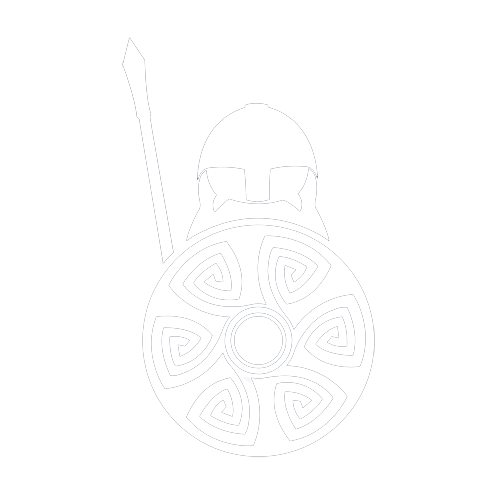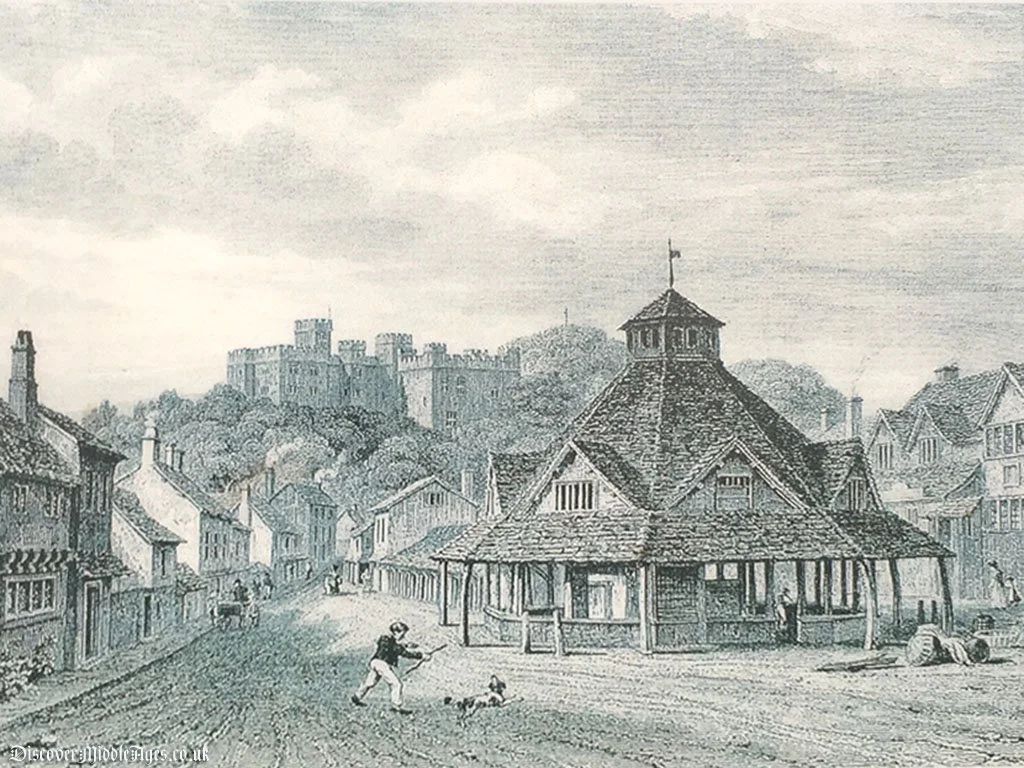Dunster Castle
Dunster Castle, a grand medieval stronghold and now a fine fortified house, has been home to the Luttrell family for 600 years. Commanding a superior defensive position above Dunster medieval village, the stronghold was built to guard the north Somerset coast line. Today it has seen Victorian modifications, giving it the typical grandeur that a castle like this deserves.
Dunster Castle History
Dunster Castle was originally a motte and bailey castle, that sat high up on the Tor above Dunster medieval village. The castle has been there for over 1000 years, since the Anglo-Saxon days, taking on various different forms during that time. In the early medieval period, the sea reached the base of the hill and an Anglo-Saxon burgh was built on top. Several Iron Age forts were also built in the area, including Bat's Castle, Grabbist hill and Black Ball Camp.
The first feudal baron of Dunster, William de Mohun, a tenant-in-chief to William the Conqueror, held a number of manors in Somerset, his main settlement being Dunster Castle in 1086. The first motte and bailey castle was built on top of the old Anglo-Saxon site. As customary to the time, in 1090, William built a Benedictine Priory down in Dunster town, of which a Dovecote still exits today. As the medieval village prospered from surrounding vineyards and excellent fisheries, large stone fortifications were added to the castle during the 1100s, including a keep up on the motte.
Dunster Castle was seen as one of the great strongholds for Empress Matilda, the key rival to King Stephen's crown in the 1130s. During the civil war known as the Anarchy, William's son, who was a loyal supporter of Matilda, held out during a siege on Duster castle by King Stephen's supporters in 1138. As a token of her gratitude, Empress Matilda made William (the son of William de Mohun) Earl of Somerset.
In 1330, Sir John de Mohun inherited Dunster Castle. However, having no heir and falling into serious debts, his wife sold the castle on John's death in 1376, to Lady Elizabeth Luttrel. The Luttrel's were another major Norman family. The Luttrel's added further fortifications during the 14th century, including a moat around the base of the Tor. In 1404, Sir Hugh Luttrel took over the castle and constructed the Great Gatehouse and Barbican around 1420. A deer park was added too, providing rich game for hunting venison.
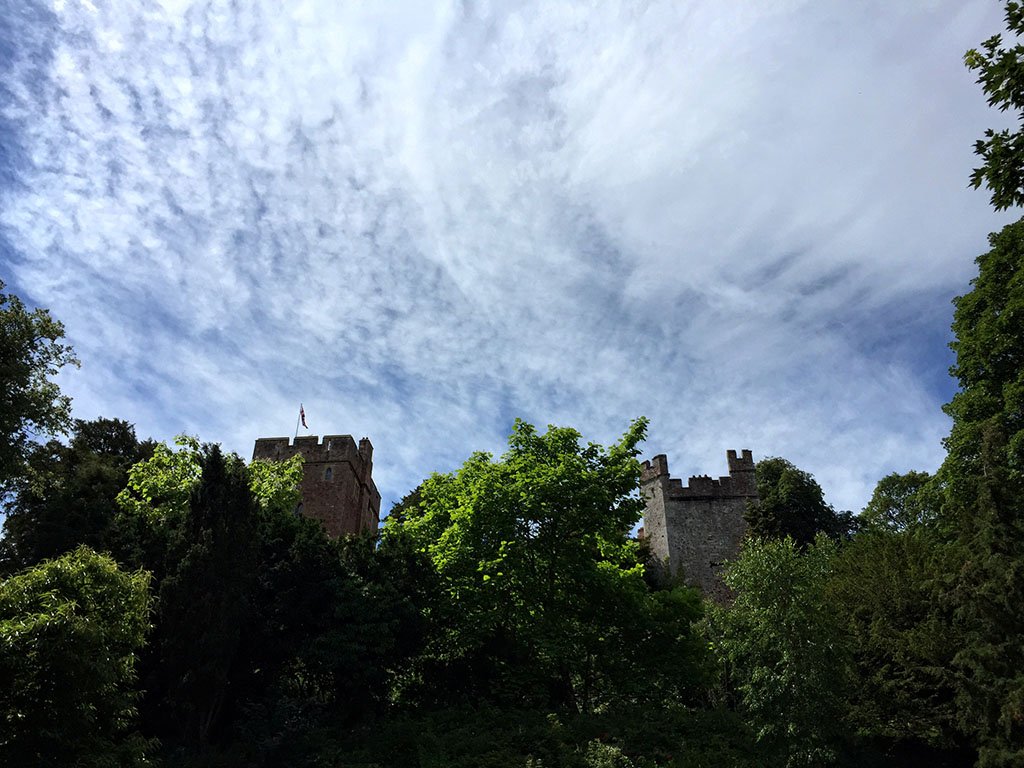
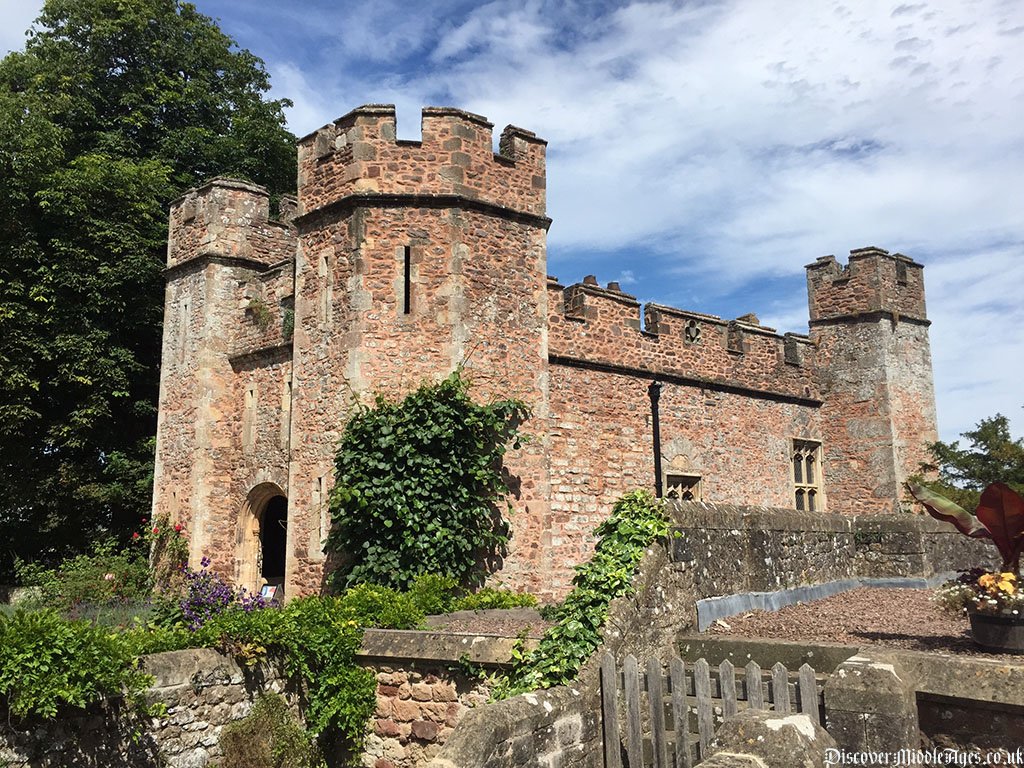
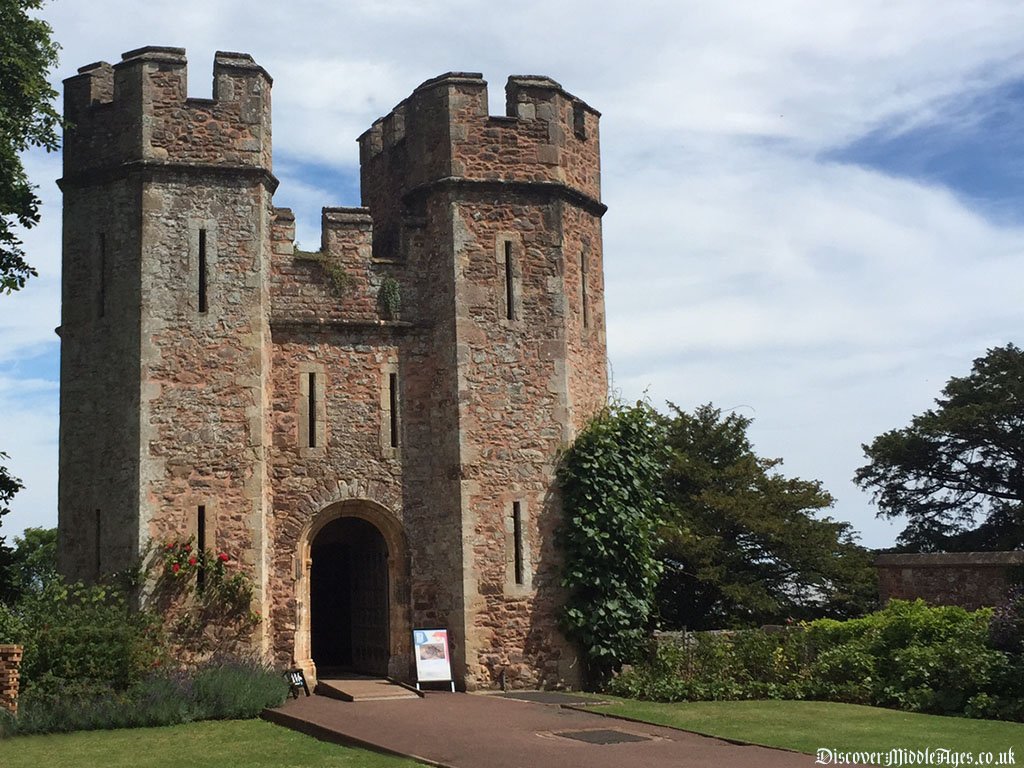
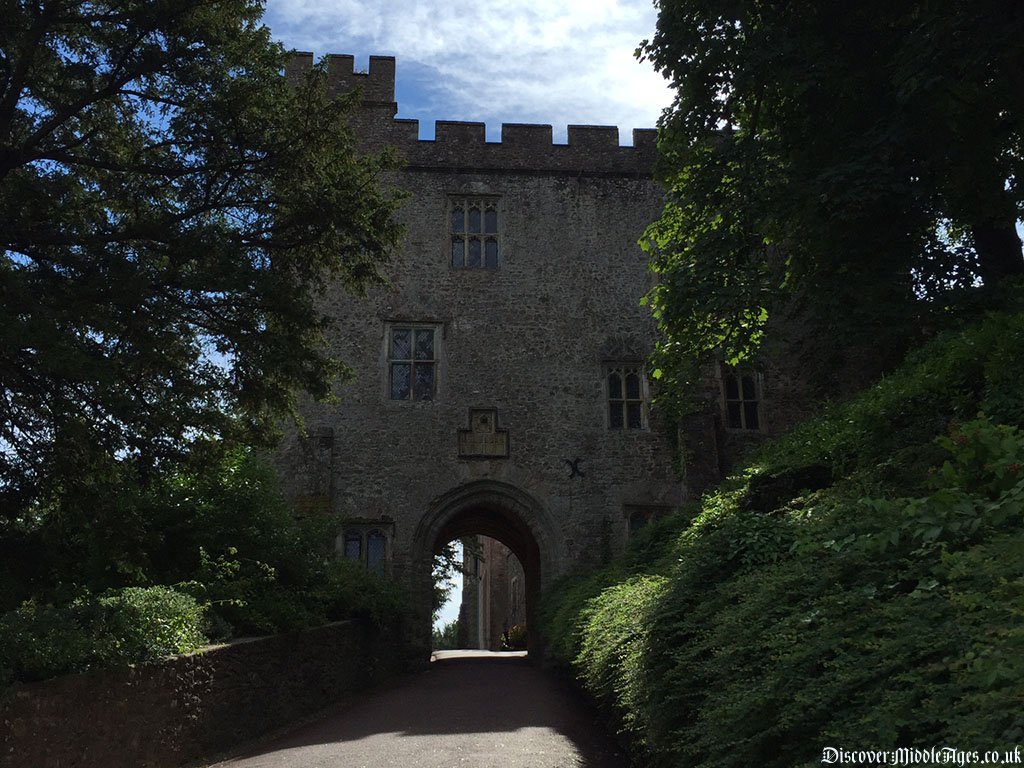
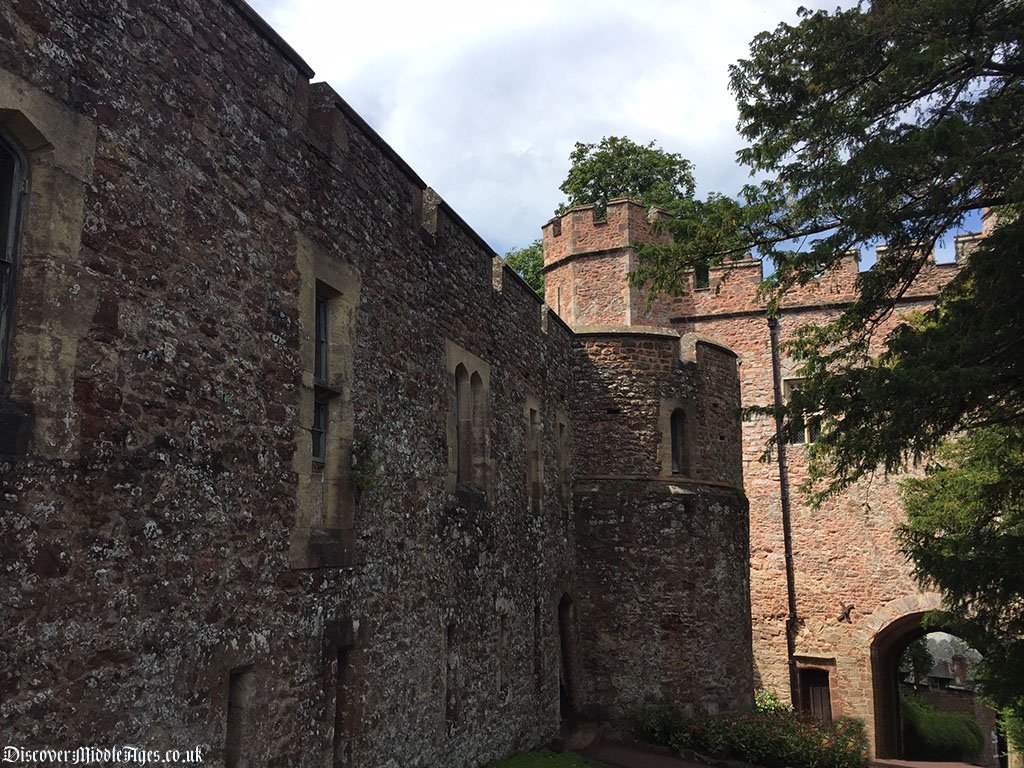
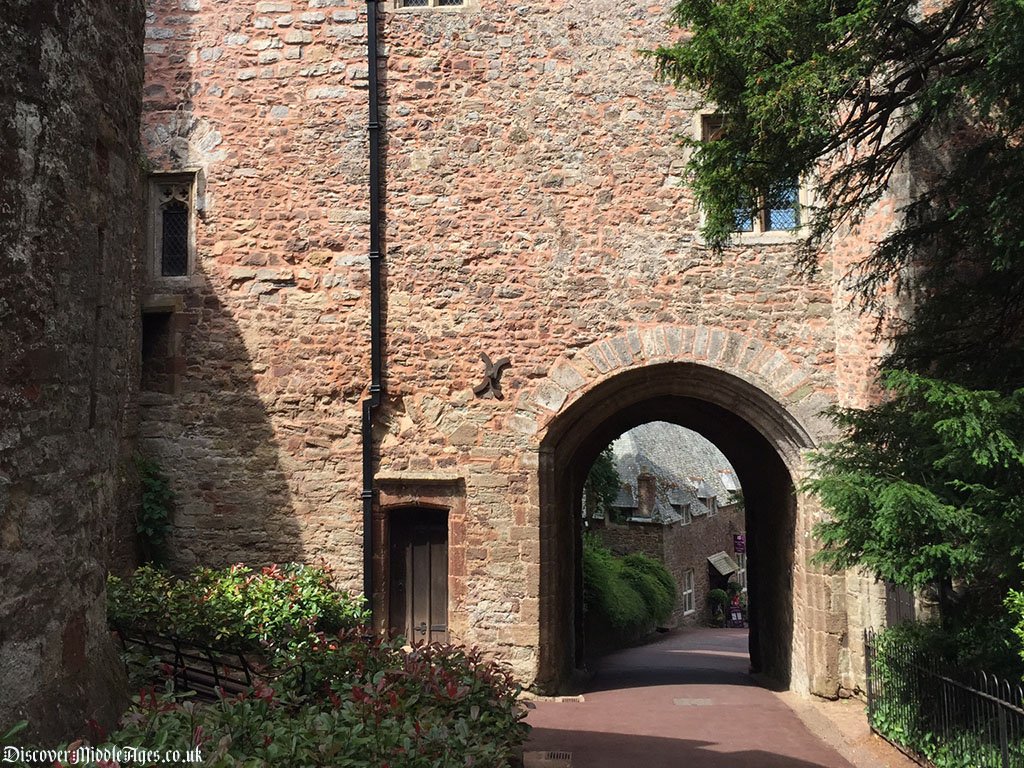
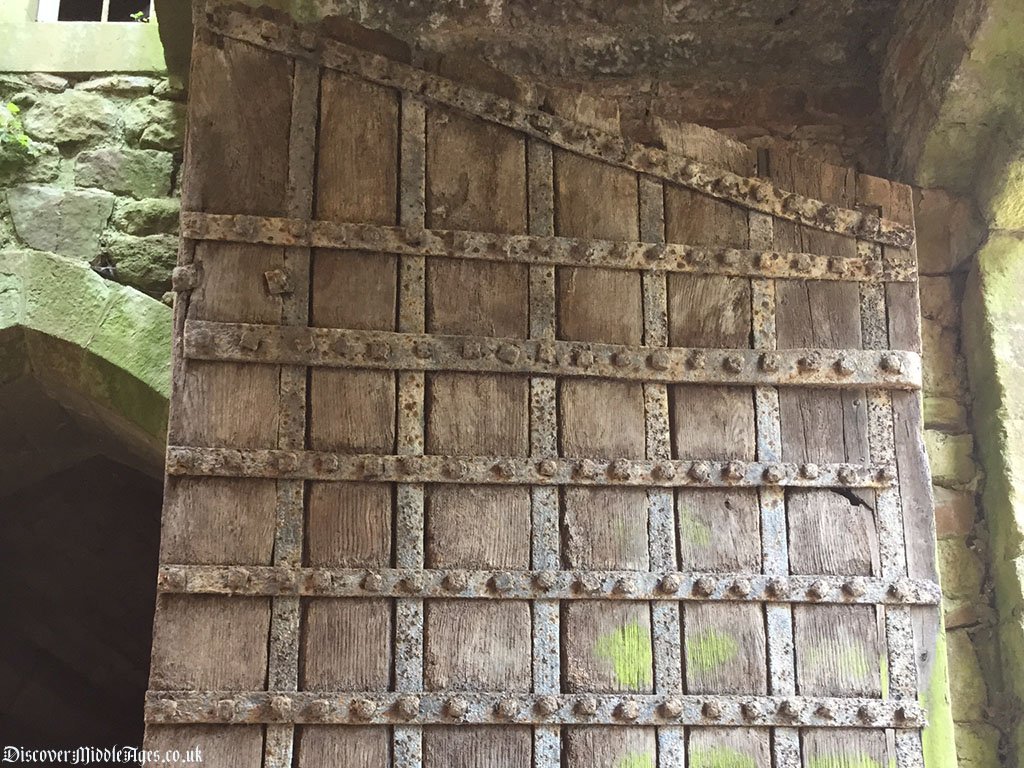
During the War of the Roses, Sir James Luttrel, a Lancastrian supporter, died in the Second Battle of St Albans in 1461. As a result, Yorkist, Edward IV gave Dunster Castle to the Herberts. Fourteen years passed by until the Lancastrian King, Henry VII, returned it back to the Hugh Luttrel, James' son.
A 16th Century Jacobean mansion was added to Dunster Castle by George Luttrel, as part of a large redesign. With a symmetrical front and large square towers, it was set within the castle walls, with the keep above it. The interior was also updated, to include ornamental ceiling designs of that time.
Further attacks took place on Dunster Castle, including the one during the English civil war. In 1642 Royalists, lead by the Duke of Somerset, attempted an attack on Dunster Castle, but were driven back initially, by the Parliamentarian-supporting George Luttrel and his garrison. However, a second attempt in 1643 forced George Luttrel to surrender. By switching sides to the Royalist cause, George would secure Dunster Castle for the family once more.
But, a few years later, Parliamentarians would once again seize Dunster Castle, and deliberately weaken the medieval parts of the outer defences. Not enough to prevent the castle becoming uninhabitable, but enough to prevent it from withstanding another attack. The only parts of the medieval walls to survive today is the Great Gatehouse and the base of the towers.
Moving on into the Victorian period, another George Luttrel inherited Dunster Castle. From the vast revenues produced in agriculture at that time, George was able to modernise and improve the now dilapidated castle, into a glorious gothic fortified home. Most of which can still be seen today.
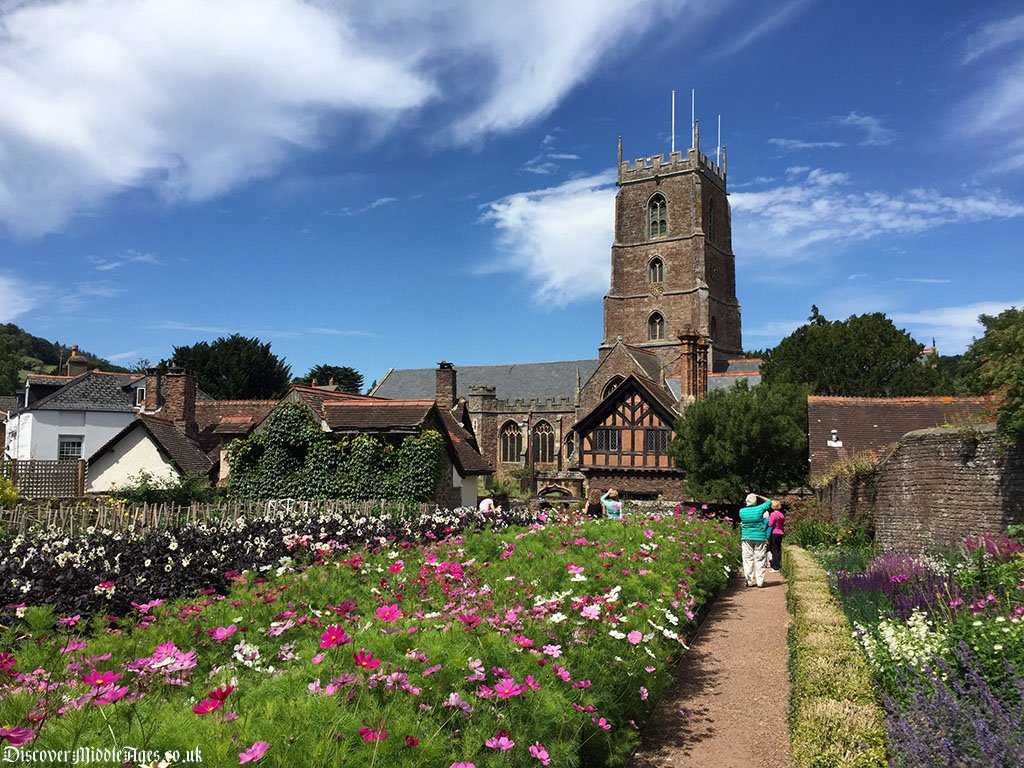
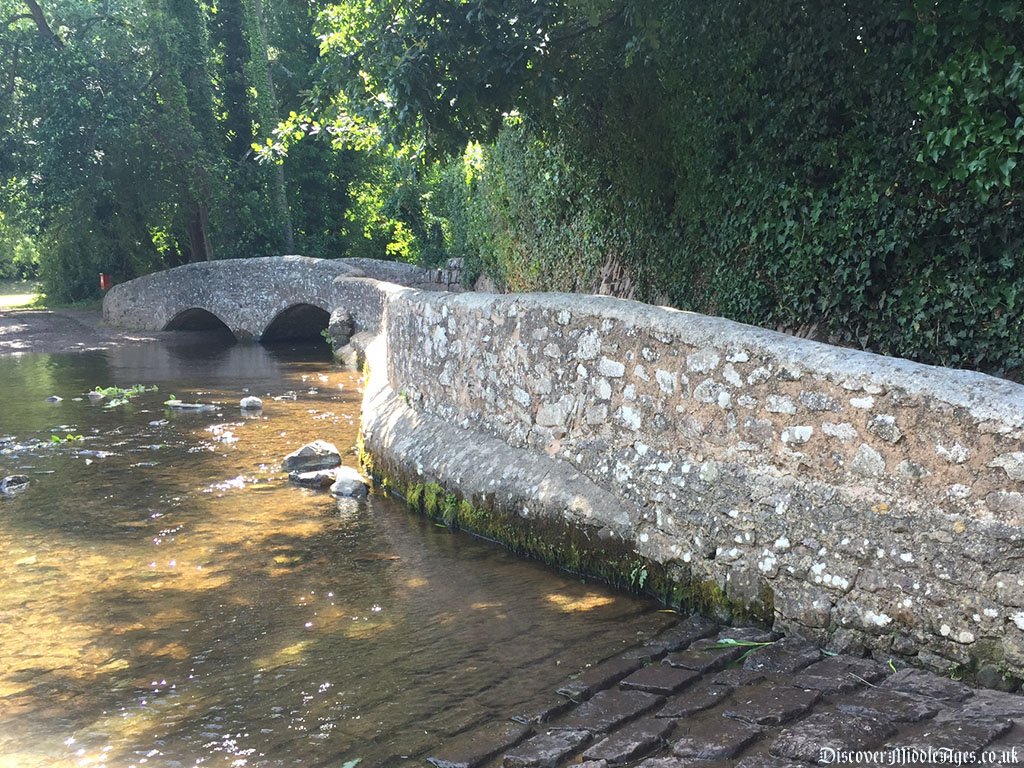
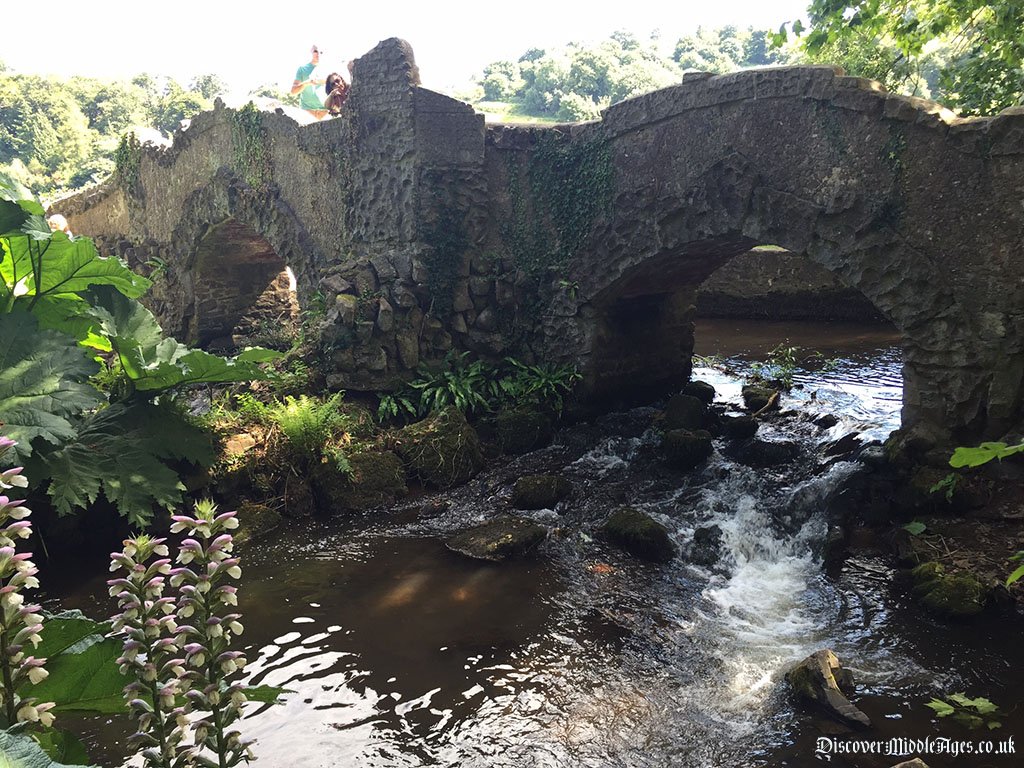



Dunster Castle Medieval Gatehouse
The great medieval gatehouse of Dunster Castle stills stands on the Lower Ward, with the same imposing stance as it did 600 years ago. It forms part of the last remaining medieval areas left in Dunster Castle, but shows no sign of disappearing! The medieval gatehouse spans across the main approach from Dunster medieval village, forming a magnificent entrance to all. Either side of the main gateway up to the gatehouse, sits a semi-circular tower with vaulted chamber and has arrow slits for defence.
Dunster Castle Gardens
Dunster Castle has magnificent gardens, with meandering pathways throughout the grounds. The south terraces offer a Mediterranean-inspired feel with Palm trees, and when following the wooded pathways down to the river Anvill, you will discover a working water mill. There are also a couple of ancient stones bridges that cross the gentle-flowing Anvill river. Up near the main gateway to Dunster Castle, there is a beautiful walled garden, filled with all sorts of wild flowers, lavenders and more.
Ghosts of Dunster Castle
Dunster Castle has its fair share of ghosts, and paranormal stories, after all there has been a settlement here since the Iron Age! The crypt within the castle has a cold, dark and eerie atmosphere, and if you venture inside, you can sit and listen to the ghostly tales told by member of the Luttrel family, and their staff. Ghost stories of little girls, dogs and soldiers can be heard. Furthermore, there are resident bats within in the crypt to add more spookiness to an already creepy place!
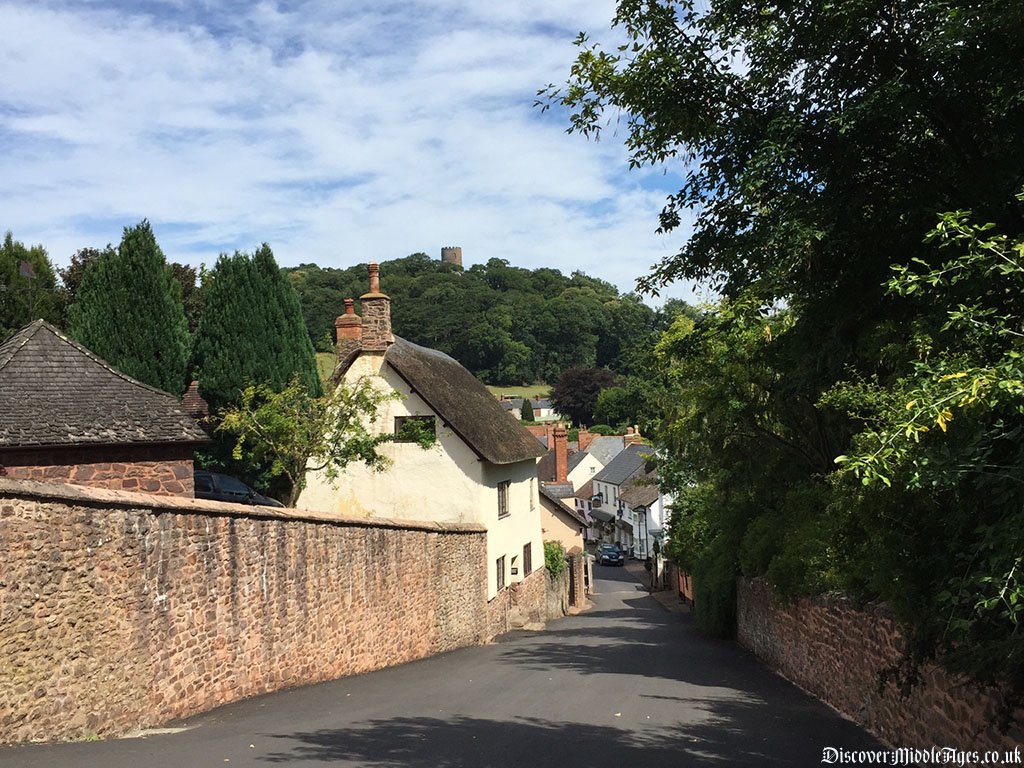
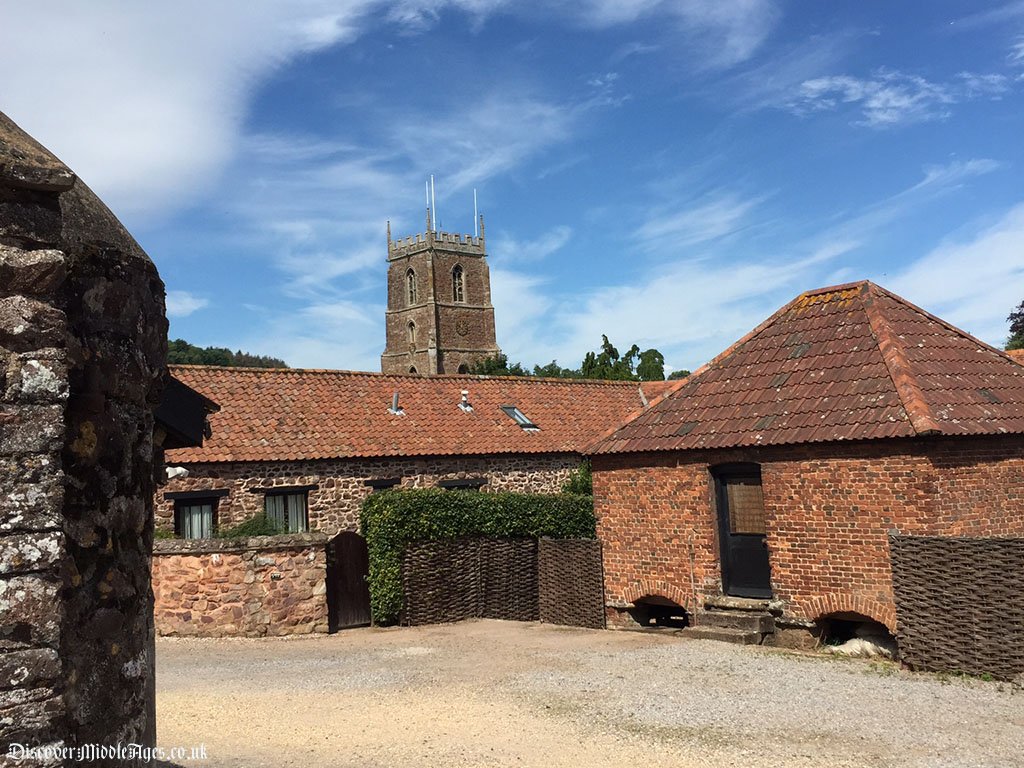
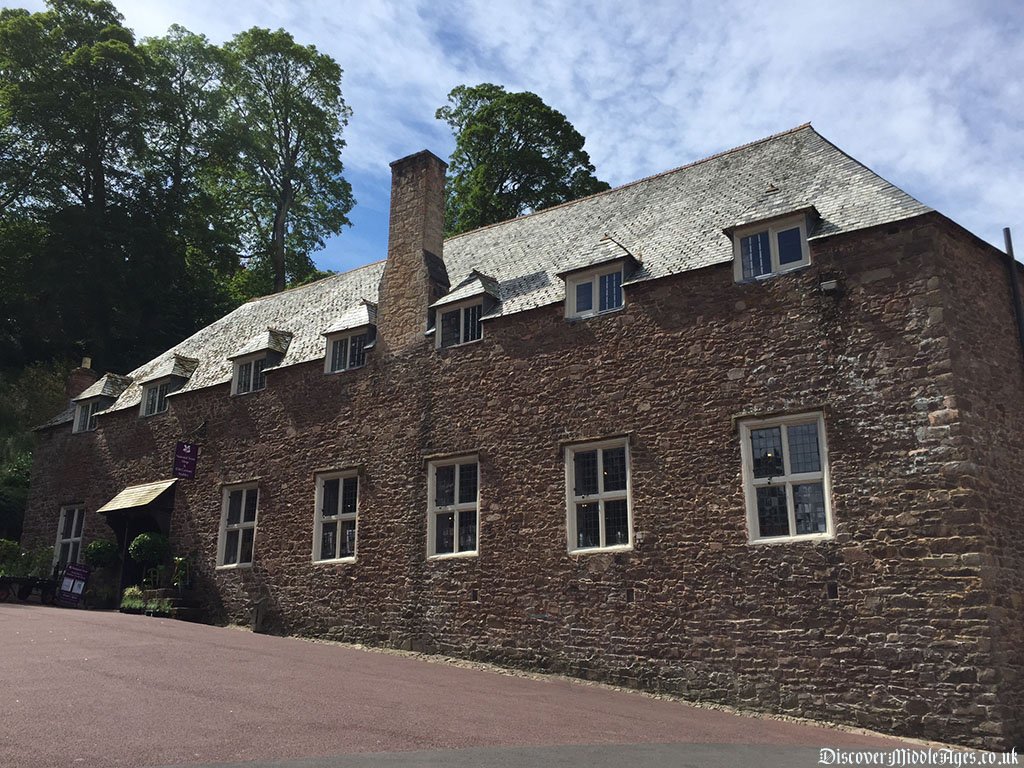
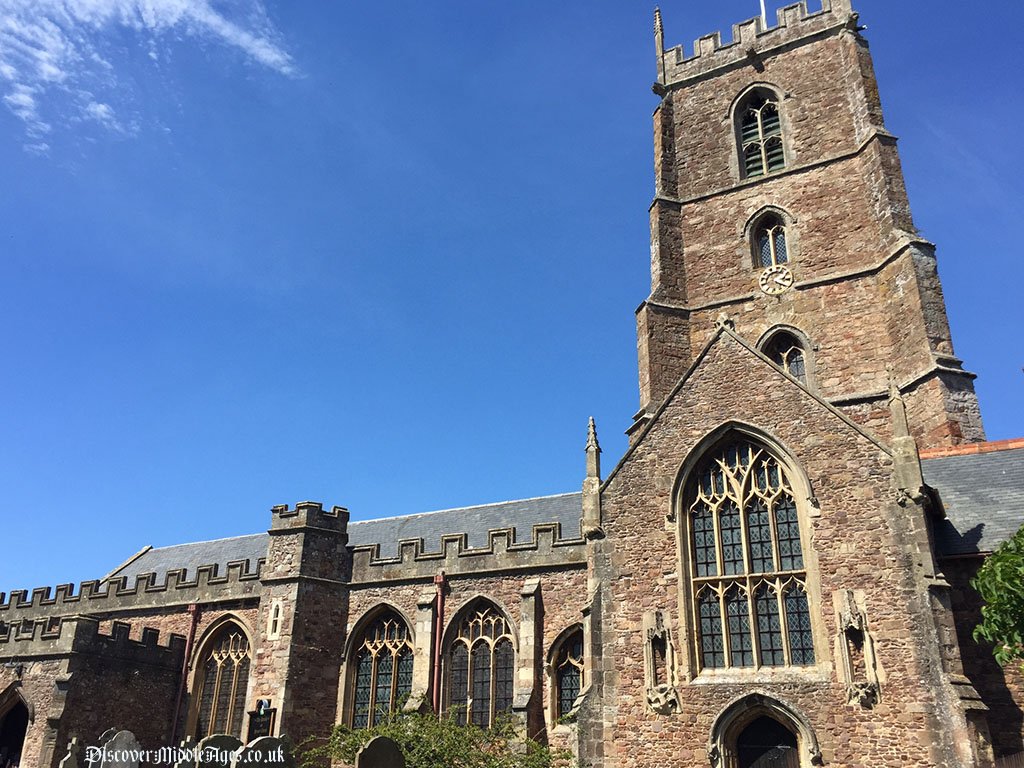
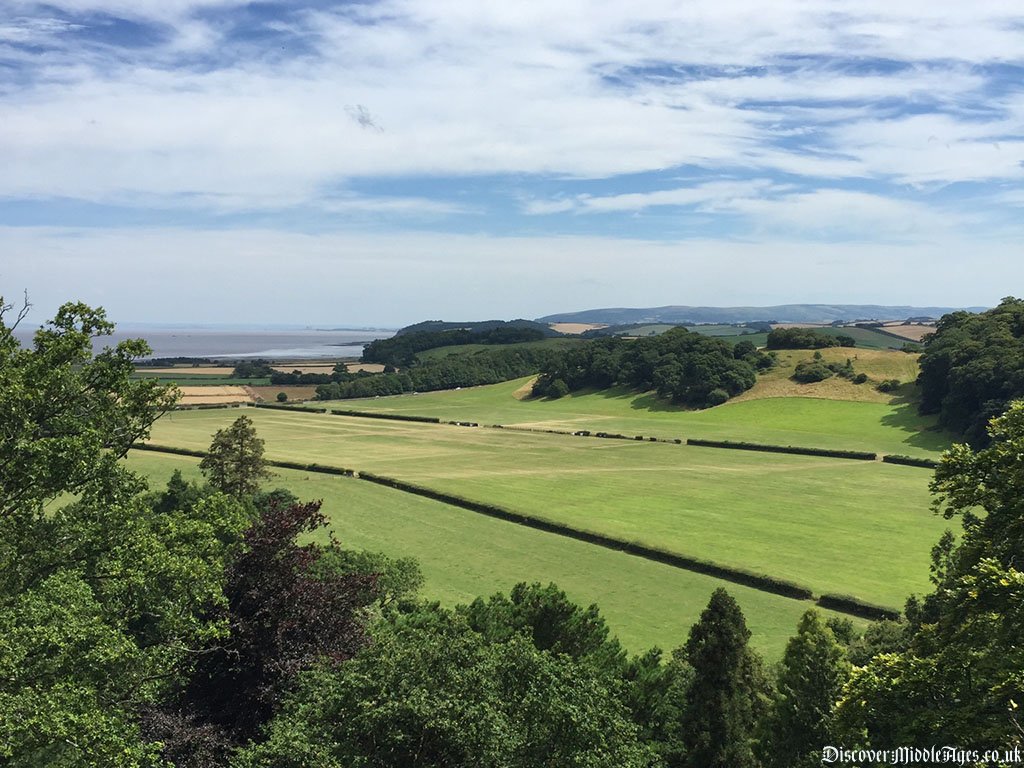
Dunster Medieval Village
Dunster medieval village is one of the largest and best preserved medieval villages in England. At the top of the old medieval high street, sits a medieval yarn market. Built in 1601, by Geoffrey Luttrel, the yarn market was there for wealthy clothiers and spinners to trade goods. Other medieval buildings of note are:
The Dovecote, part of the old Benedictine Abbey (now gone),
St George's church
Butter Cross, a medieval stone cross which was once a meeting place for butter-sellers
Gallox Bridge, a packhorse stone bridge used to transport wool across the river Anvill to trade in Dunster. Dates back to the 15th century
Conygar Tower, named after rabbit (coney) garden (garth), was formerly a medieval rabbit warren. The tower was built in 1775 by Henry Luttrel to impress
The water mill, a restored 18th century working mill, which replaces an ancient mill from the Domesday book. Mills stoneground wholemeal flour, and oats fir muesli
Visiting Dunster Castle
Dunster Castle is run and managed by the National Trust. For details on opening times, facilities and refreshments please visit: https://www.nationaltrust.org.uk/dunster-castle-and-watermill
Address: Dunster Castle , Dunster, near Minehead, Somerset, TA24 6RL
